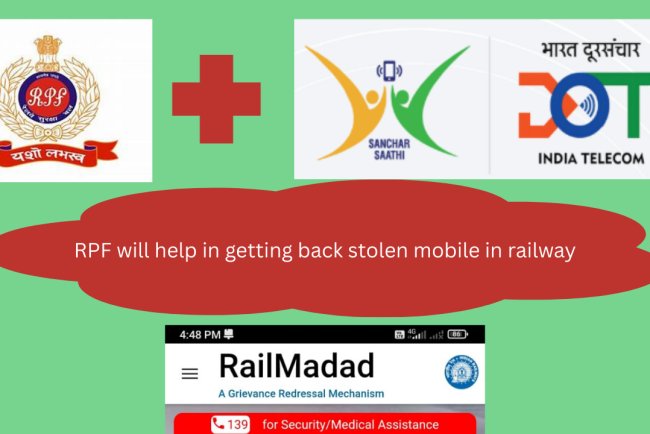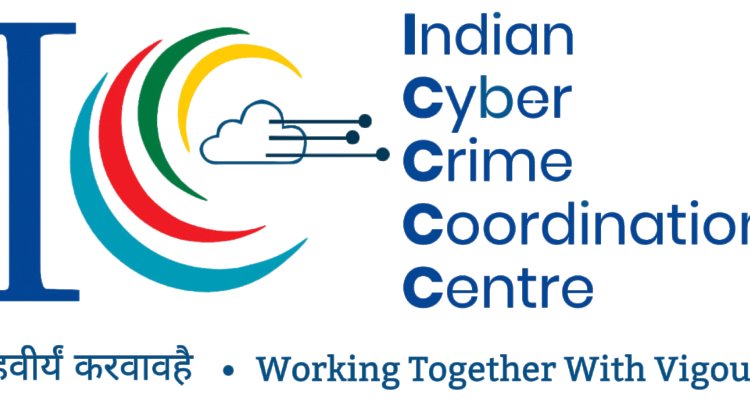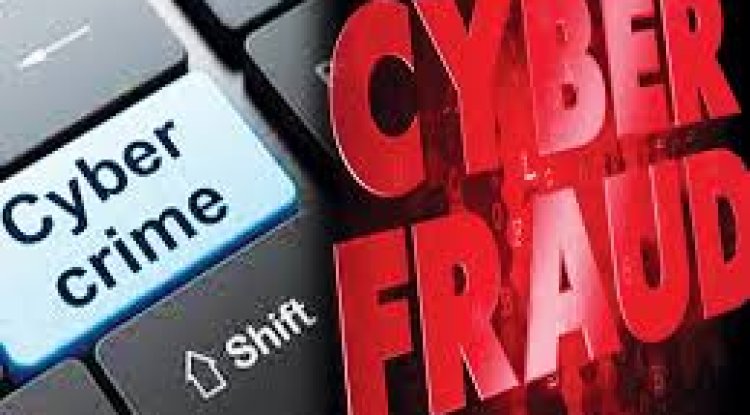The Role of CCTV in Crime Scene Reconstruction
Crime scene reconstruction is the scientific analysis of physical evidence and other data to form a logical sequence of events that occurred during a criminal incident. One of the most important tools in modern forensic investigation is CCTV (Closed-Circuit Television). With the rapid expansion of surveillance networks in public and private spaces, CCTV plays an increasingly crucial role in providing visual evidence that can verify, supplement, or even contradict other forms of evidence.
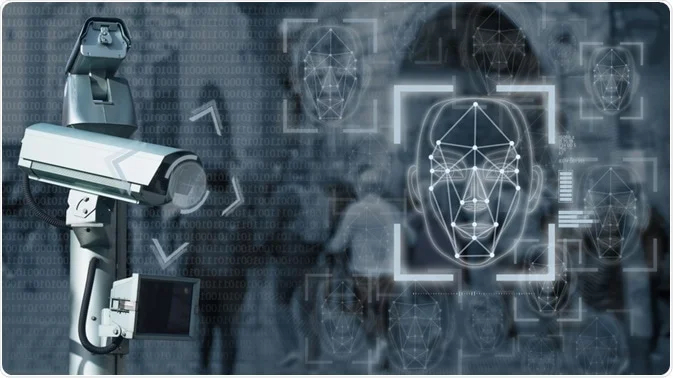
Importance of CCTV in Modern Investigations
CCTV has transformed how crimes are investigated:
-
Provides real-time and time-stamped recordings
-
Captures events as they unfold, often beyond the awareness of perpetrators or witnesses
-
Serves as unbiased evidence that can corroborate or challenge testimonies
Specific Roles of CCTV in Crime Scene Reconstruction
Establishing an Accurate Timeline of Events
-
CCTV footage is typically time-stamped and can help map the sequence of events down to the second.
-
Investigators can determine:
-
Time of the suspect’s arrival and departure
-
Duration of interactions between people
-
Exact time of the criminal act (e.g., assault, theft, shooting)
-
Example: In a burglary case, CCTV can reveal the exact moment of entry, duration of the break-in, and when the suspect left—information critical for reconstructing the crime timeline.
-
Tracking Movement and Behavior of Individuals
-
CCTV helps trace the path of suspects, victims, or witnesses.
-
Movement analysis provides insight into:
-
Entry and exit points
-
Attempted concealment
-
Interactions with objects or other people
-
Escape routes
-
Example: In homicide cases, footage can show the suspect disposing of weapons, changing clothing, or fleeing the scene—key clues for reconstructing the sequence of actions.
Corroborating or Refuting Statements and Alibis
-
CCTV can verify or contradict witness or suspect statements.
-
If someone claims to be elsewhere at the time of the crime, CCTV can show:
-
Whether they were at the crime scene
-
Whether their described timeline matches reality
-
-
This strengthens the accuracy and integrity of the investigation.
Supporting the Interpretation of Physical Evidence
-
CCTV shows how evidence may have been placed or disturbed at the scene.
-
Helps explain the presence or absence of:
-
Bloodstains
-
Weapon placement
-
Tampered items
-
Forensic analysts can better understand how and when physical evidence was moved, manipulated, or created.
Providing Environmental and Scene Context
-
CCTV reveals lighting, weather, and crowd conditions, which are often not preserved at the scene.
-
Can capture ambient noise or background events (if audio-enabled).
-
Shows scene layout at the time of the crime, aiding 3D reconstructions or digital models.
Assisting in Digital and 3D Crime Scene Reconstruction
-
With multiple cameras covering different angles, footage can be used to build virtual reconstructions of the crime scene.
-
Forensic software can:
-
Stitch together multiple viewpoints
-
Animate the movement of suspects and victims
-
Test different hypotheses
-
This is useful in court presentations and for understanding complex incidents, such as shootings or multi-suspect crimes.

imitations and Challenges of CCTV in Reconstruction
Technical Limitations
-
Low resolution, poor lighting, or obstructions may prevent clear identification.
-
Blind spots may miss crucial parts of the crime.
Data Loss or Tampering
-
Footage may be deleted, overwritten, or intentionally erased.
-
Requires secure handling and proper chain of custody to ensure admissibility in court.
Legal and Ethical Issues
-
Use of CCTV must comply with privacy and surveillance laws.
-
Consent, data protection, and public trust are important concerns.
Legal Value and Courtroom Use
-
CCTV footage is often considered objective and persuasive in court.
-
However, its admissibility depends on:
-
Proper handling and preservation
-
Proof of authenticity and unaltered content
-
Establishment of a clear chain of custody
-
Courts may reject footage if it has gaps, is manipulated, or lacks verification.
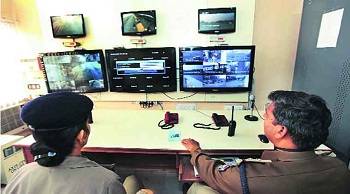
Future of CCTV in Crime Scene Analysis
AI and Machine Learning Integration
-
Object detection, face recognition, and behavior prediction
-
Automating timeline construction and suspect tracking
Cloud-Based Storage and Blockchain
-
Prevents data tampering
-
Enables real-time access and secure sharing
Smart City Surveillance
-
Integration with traffic systems, drones, and facial recognition
-
Helps monitor and reconstruct crimes across large urban areas
Follow cyberdeepakyadav.com on
Facebook, Twitter, LinkedIn, Instagram, and YouTube
What's Your Reaction?







